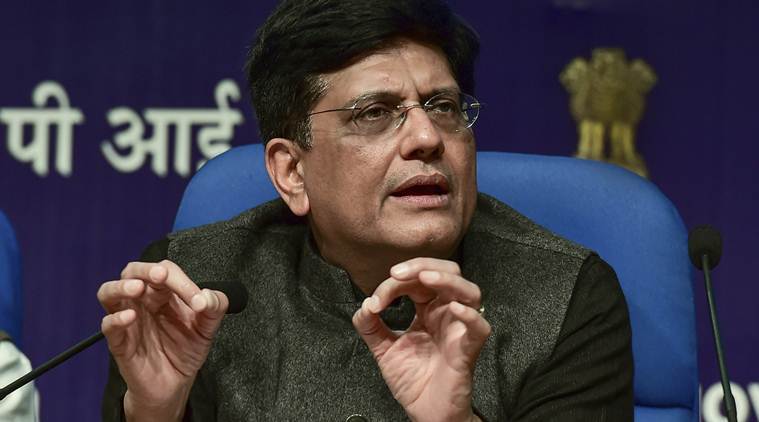Square pegs, round holes
Possibly the most problematic aspect of evaluating the budget is the opaqueness of the underlying data.

The interest in this year’s Union budget had been high for obvious reasons. It being an election year, there were expectations of a major spending package focused on struggling sectors such as agriculture. The budget didn’t disappoint as the finance minister announced an income support programme for farmers, raised the tax-free income ceiling, handed out sops to the real estate sector, and others.
So how is all of this going to be financed? The budget has assumed that total tax revenues are going to grow by 13.5 per cent in 2019-20 on the back of GST and corporation tax revenue growth of around 15 per cent each. Since taxes are levied on nominal incomes, the realism of these assumptions rests on the realism of the Rs 210 lakh crore nominal GDP figure which has been assumed for 2019-20. The government arrived at this number by assuming 11.5 per cent nominal GDP growth in 2019-20.
This is where things start becoming a bit strange. On January 7 of this year, a CSO release stated that nominal GDP for 2017-18 was Rs 167.7 lakh crore. Further, it projected the 2018-19 nominal GDP to be Rs 188.4 lakh crore, a nominal growth rate of 12.3 per cent. Since the CSO was forecasting 7.2 per cent real GDP growth in 2018-19, this implied a GDP deflator inflation rate of 5.1 per cent for the year. The problem, though, is that all the inflation numbers that have come out this year which indicate that the 2018-19 CPI inflation rate may be well closer to 3 per cent. While inflation computed by the deflator and the CPI methods are different, they typically do move together.
A lower inflation rate would, of course, lower nominal GDP in 2018-19 which has fiscal implications. As an example, a two percentage point reduction in nominal GDP growth in 2018-19 would imply a reduction in nominal GDP of over Rs 3 lakh crore. Since tax revenues are about 12 per cent of GDP, this translates to a Rs 40,000 crore decline in tax revenues, or a fiscal deficit of 3.65 per cent of GDP in 2018-19. Clearly, the assumption on nominal GDP matters.
Are the nominal GDP numbers going to hold up with subsequent releases? Given the surprising upward revision of both real and nominal GDP growth for 2016-17 and downward revisions in other years, it is hard to predict. But this is risky budgeting since the downside risk to the deficit is huge.
A second factor that kept the fiscal deficit from deteriorating too much was the reduction in the states’ share of tax revenues by Rs 27,000 crore. This compensated for the Rs 23,000 crore shortfall in gross tax revenues this year, giving the government windfall gains of Rs 4,000 crore during a period of aggregate revenue scarcity! Of course, the states are now short by Rs 27,000 crore and will, most likely, borrow to keep their spending programmes going. The relevant deficit number for the country is the combined central and state deficit to GDP ratio, which should now rise by another 0.12 percentage points.






































No hay comentarios:
Publicar un comentario